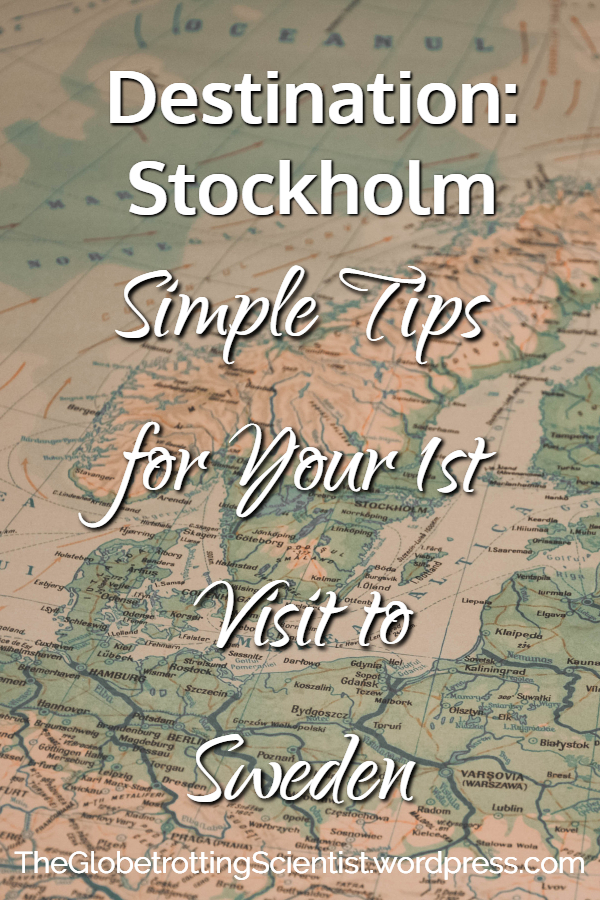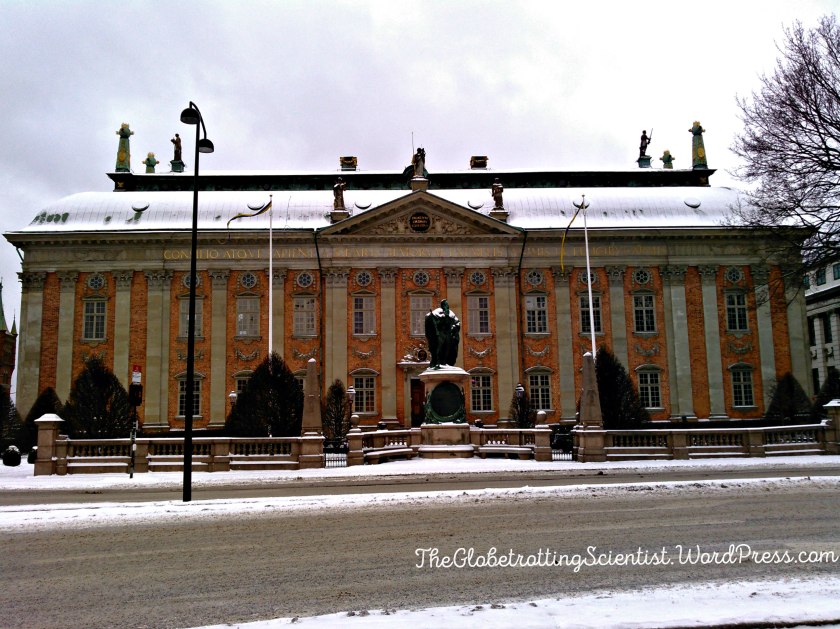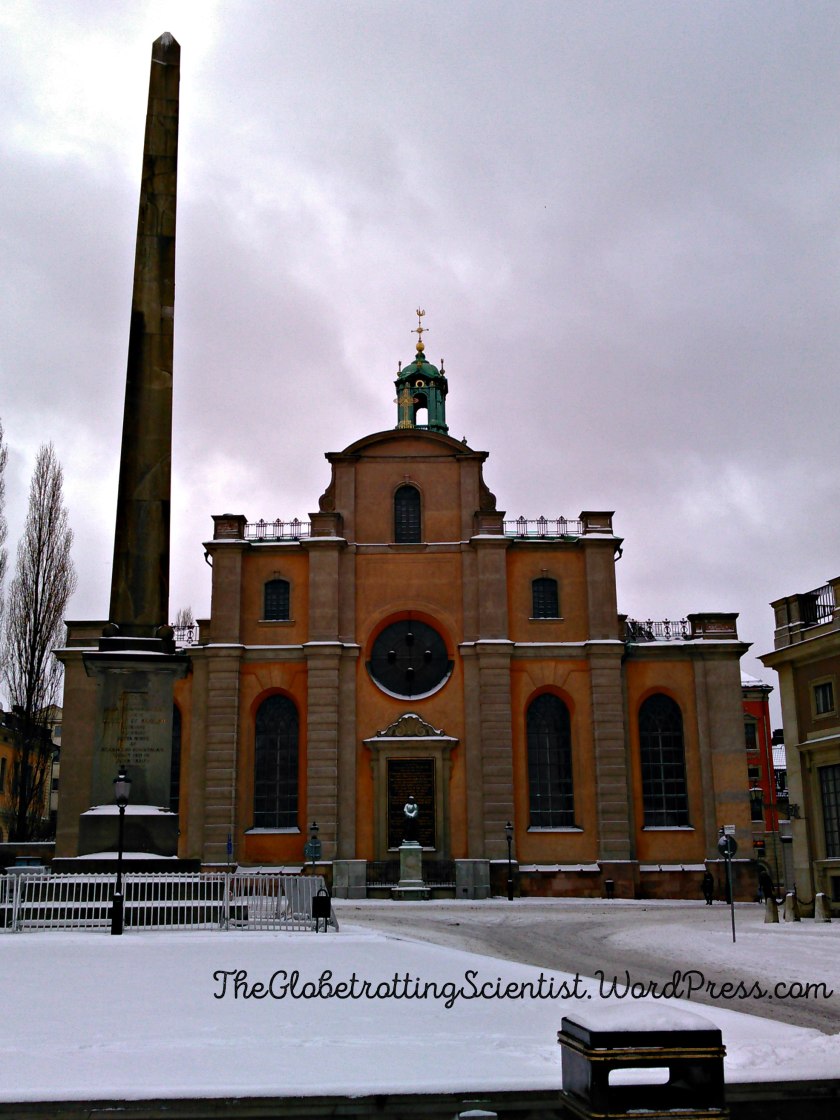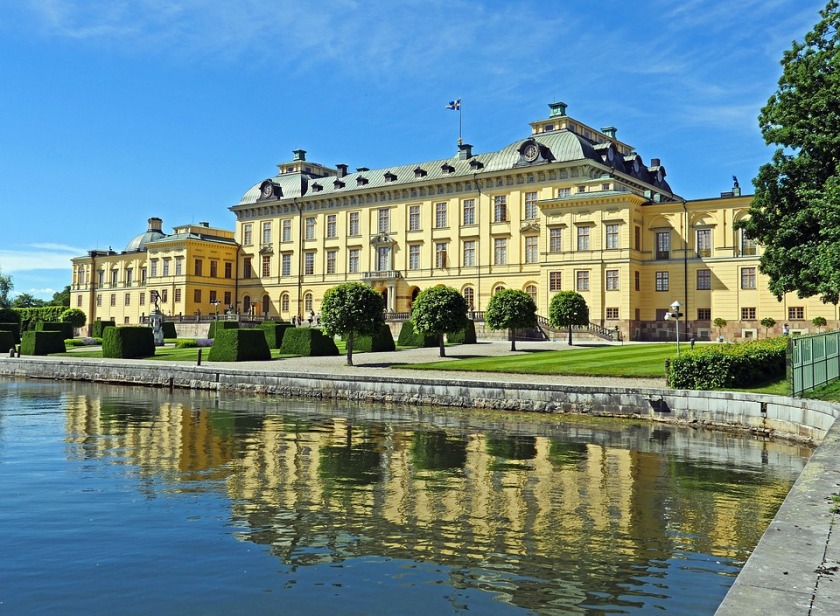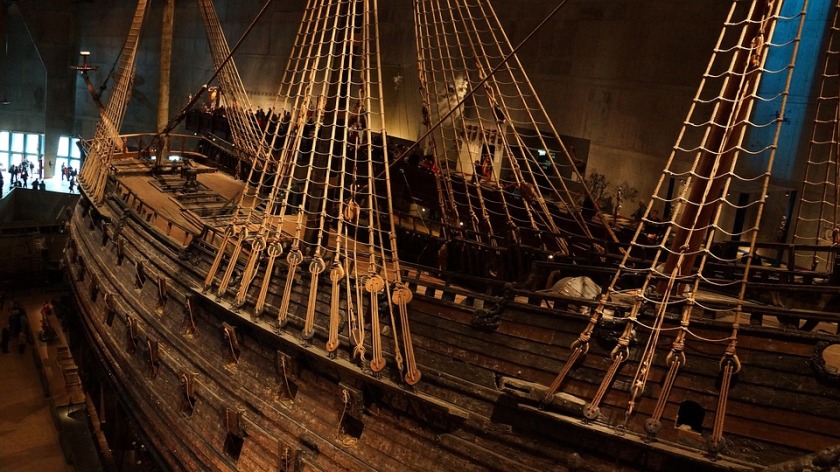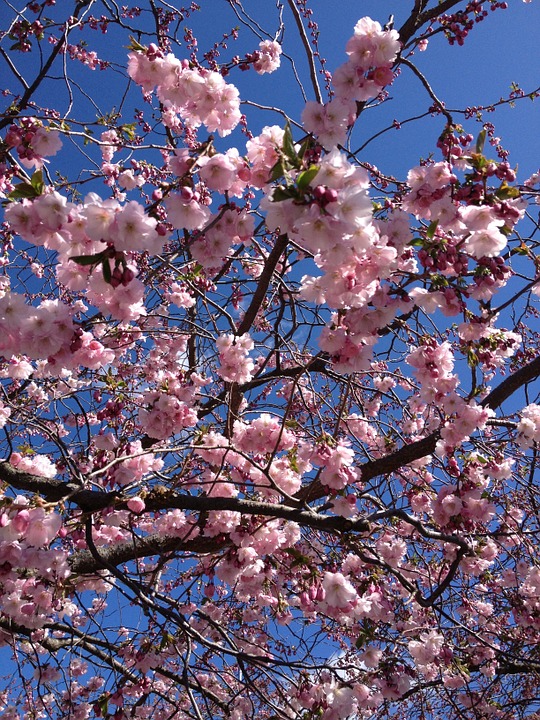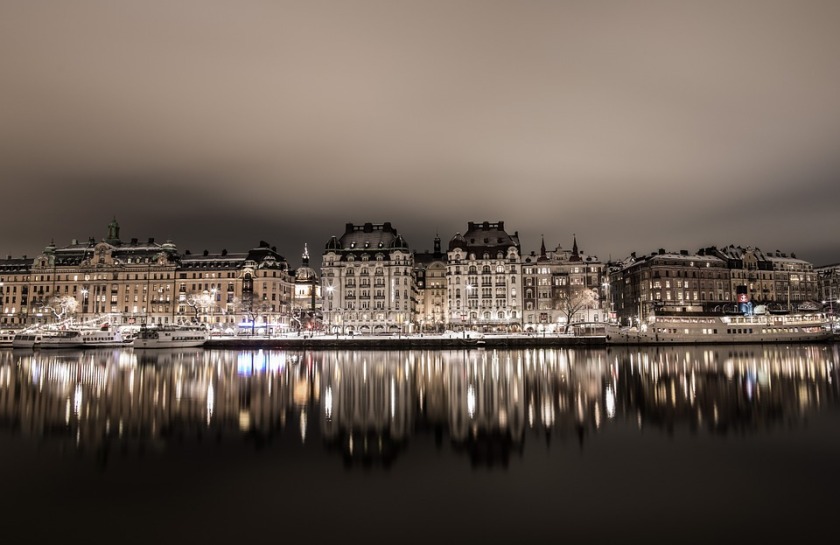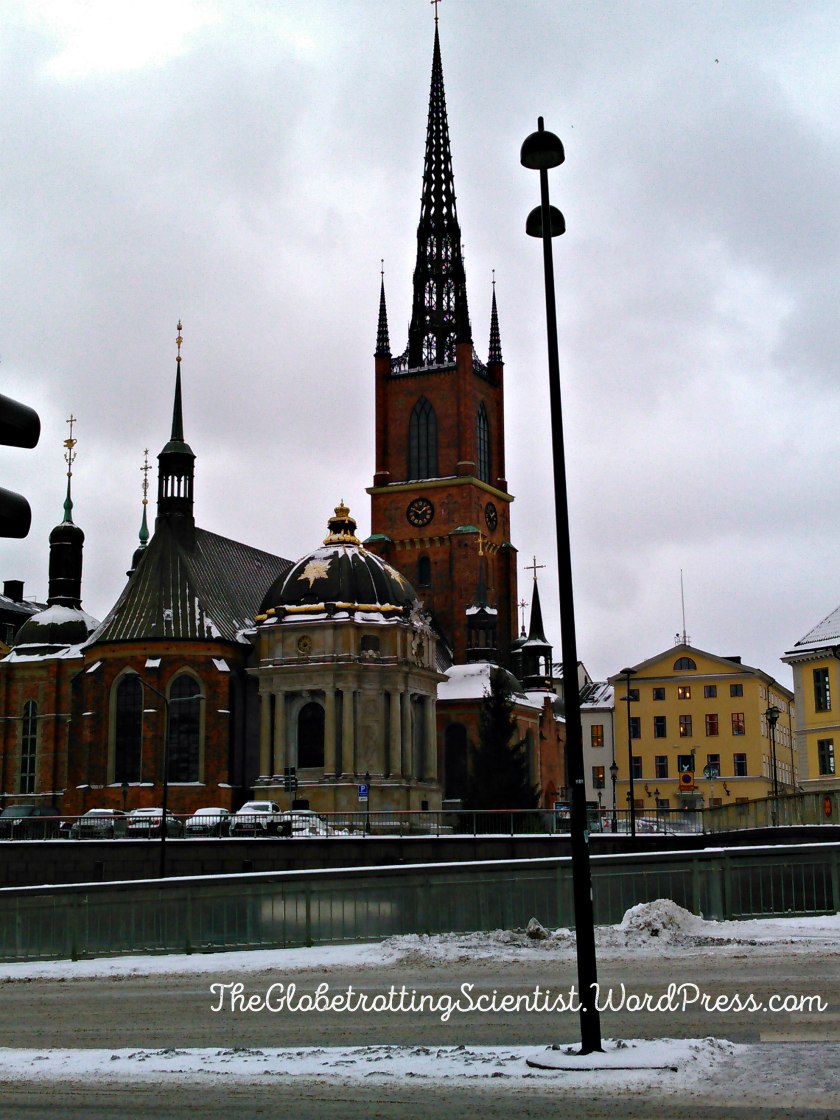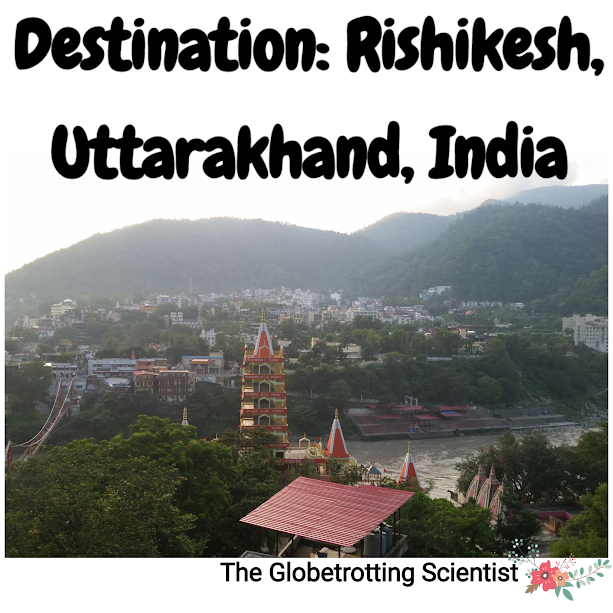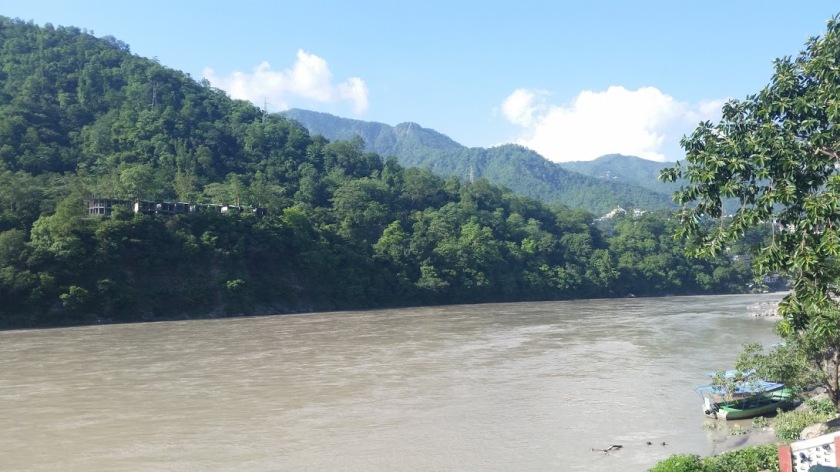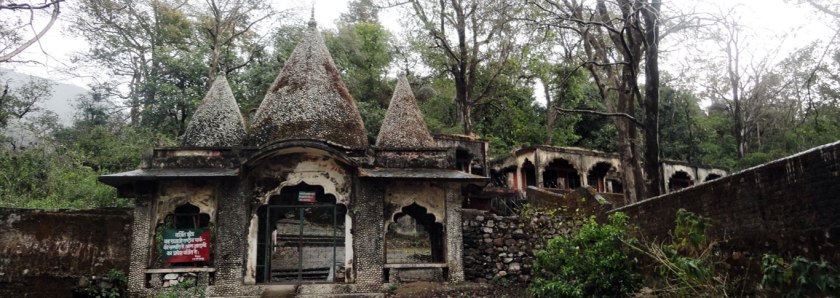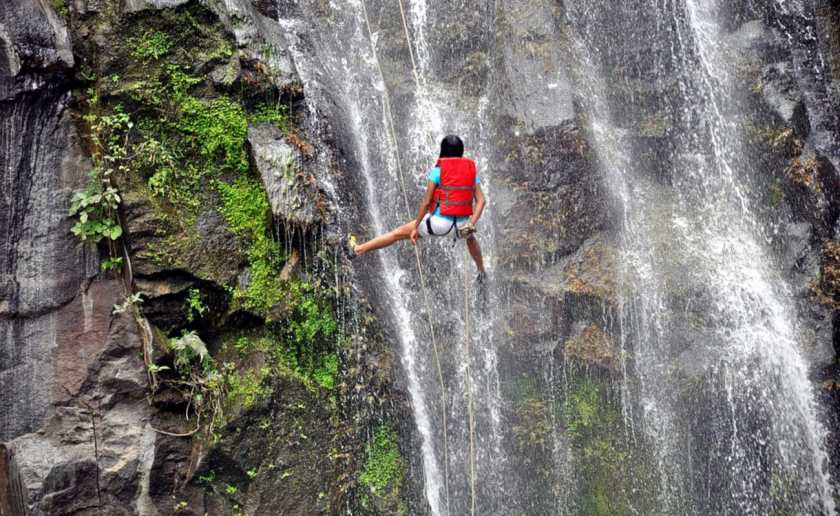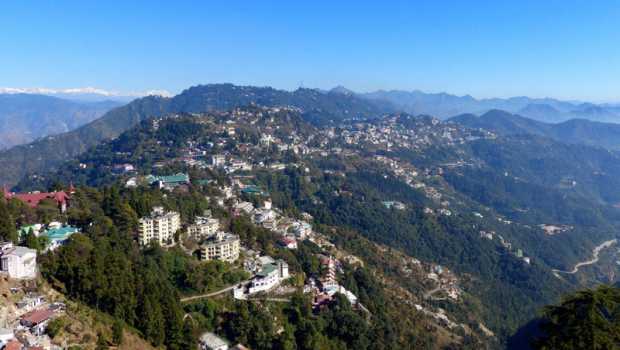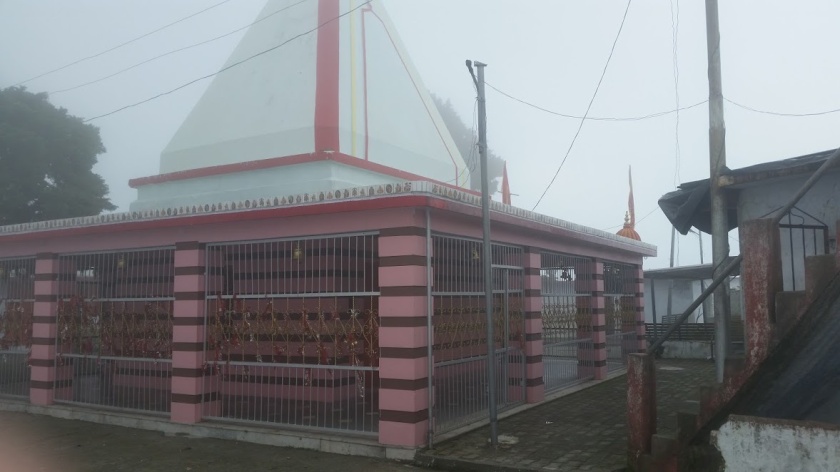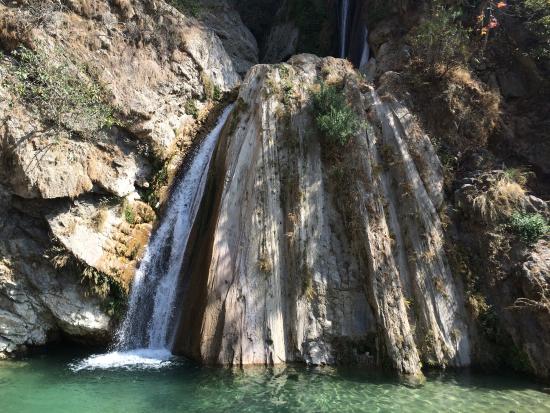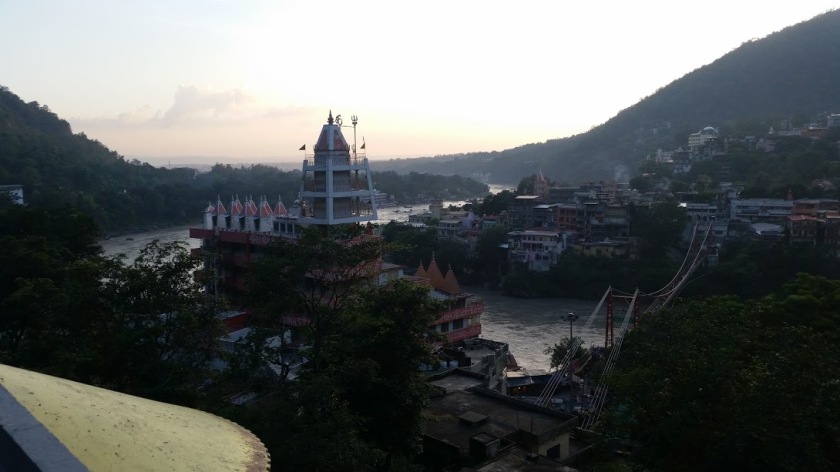Oslo: A quick look
Language: Norwegian, English spoken fluently by most people
Currency: Norwegian Krone
Drinking Age: Norway has a minimum purchase age of 18 for anything less than 22% ABV, and a minimum purchase age of 20 for anything 22% or higher
Public Transportation: Oslo has an intricate metro, tram, and bus system that makes moving around the city very easy
Passport: Yes, but US citizens can stay in Norway up to 90 days without requiring a visa.
Vaccines: Routine
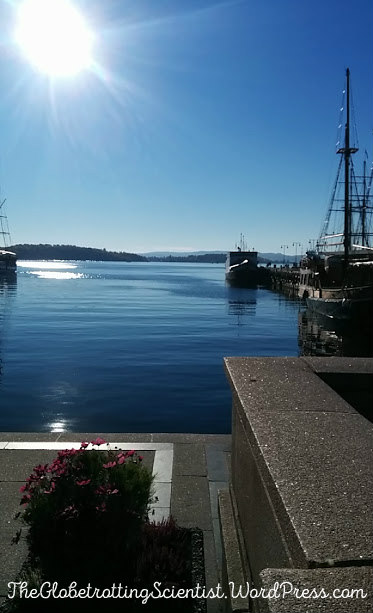
This post may contain affiliate links.
Before you leave:
Situated at the end of Oslofjorden in southeastern Norway, Oslo is the political and financial capital of the country. Founded as a city in 1040, it has gone through many different revisions and changes throughout history. In modern times, Oslo is a multicultural city that possesses a large sphere of influence throughout Europe and the world.
Similar to the rest of Scandinavia, Norway feels quite expensive to most people. Even when compared to Sweden and Denmark, Norway takes the spot as most expensive. The Economist Intelligence Unit ranks Oslo as fourth in the world for cost of living. That doesn’t mean you can’t get by on a budget! Check out our Stockholm post for tips on how to do it cheaply, as many of the same rules and tricks will apply.
We spent a total of about 4 days in Oslo, which was a good amount of time. For onward travel, the train system is very efficient and makes numerous trips to the other major cities. Although we were there in the fall, we actually think summer or winter would be the best time to go. In summer, the weather will be warmer and walking around outside will be nice and pleasant. In the wintertime, skiing and other winter activities become the main draw. Despite Oslo being a major metropolitan area, skiing and other outdoor activities are easily accessed just outside the city. Many ski resorts even have beginner classes if you don’t know how to ski, so here’s your chance to learn!
At The Globetrotting Scientist, we always recommend learning at least a few words in the local language, even if you can get by entirely in English (like you can in Norway). If nothing else, it shows an observance of the fact you’re a guest in someone else’s country, and you’re attempting to learn more about the culture and language. When Norwegians hear that you’re not a fluent speaker, they’re likely to switch to English, but it’s definitely worth trying! Norwegian is a pitch-accent language, so you really need to hear it to imitate it properly. Norwegian is also considered one of the easiest languages for English speakers (even easier than Spanish) to learn, so here’s your chance!
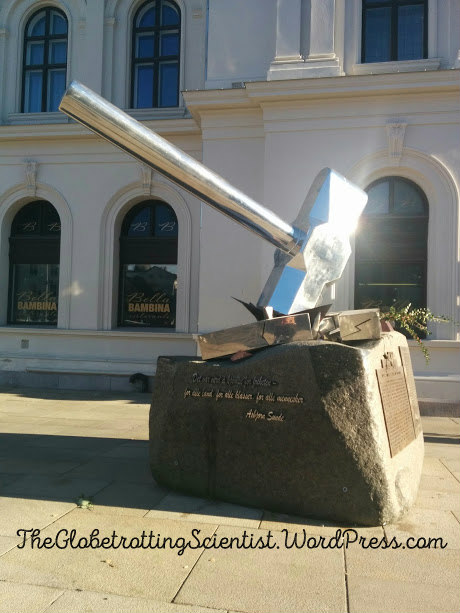
Once You Get There:
Where to stay: Airbnb is rapidly gaining popularity in Oslo, but we stayed at Citybox. Citybox is a budget hotel right in the city center. By cutting away all of the excess associated with hotels, it feels like a cross between a hotel and a hostel. It’s definitely worth checking out if you prefer hotels, but don’t want to spend a fortune.
As with our Stockholm post, we recommend trying to limit how much you go out for food and drinks. In a place like Oslo, this can be hard because there’s so many good options! Kiwi is a good, budget grocery store to get most everyday food items. Vinmonopolet is the state run liquor stores in Norway, and you’ll have to go there to get anything stronger than 4.75% ABV. Both Kiwi and Vinmonopolet are easy to find throughout the city.
- Oslo Opera House
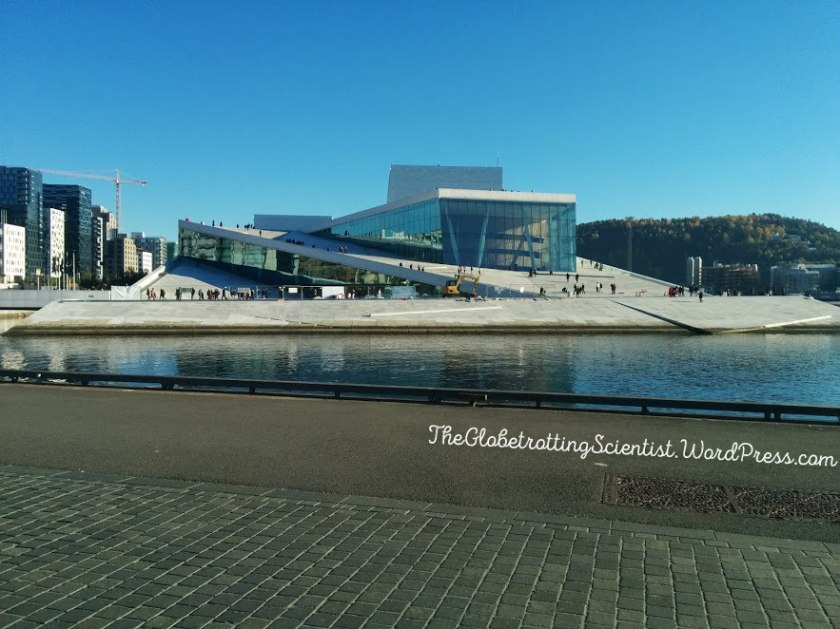
The Oslo Opera House is an architectural work of art. The building itself is beautiful and you can walk onto the slanted roof, from which you’ll see the stunning views of the city and the waterfront. Of course, you can also go inside and enjoy operas and plays, but unfortunately when we visited we did not have the time or funds to do so.
- Karl Johans Gate
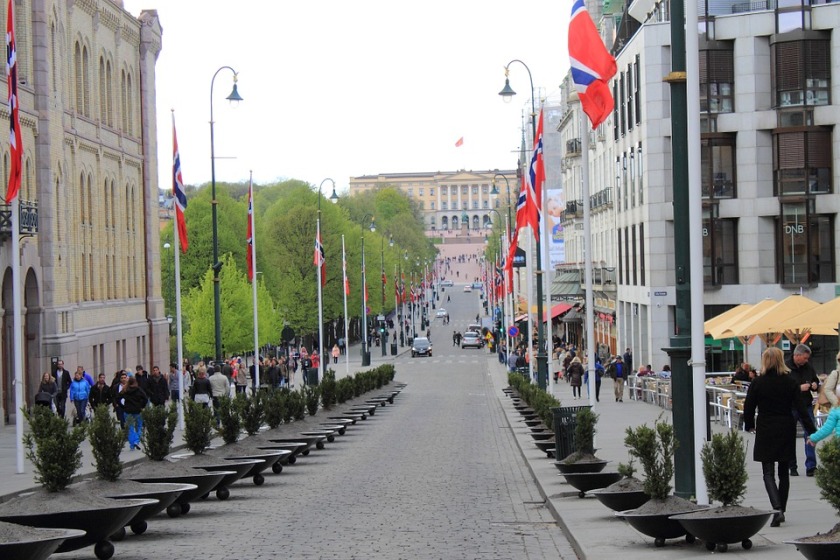
Karl Johans Gate (Karl Johan’s Street) is the main pedestrian street in Oslo. It stretches from Oslo Central Station (Sentralstasjon) at one end, and runs to the Royal Palace (Slottet) on the other. There are many events that happen on or near Karl Johans Gate. It’s definitely worth an evening stroll, especially in the summertime, or shopping any time of year. If you’re there in May, try to catch the May 17th (Norwegian National Day) celebration on Karl Johans Gate.
- Oslo city hall

Oslo city hall is not just another government building. It’s essentially a museum that’s open to the public, where you can view government conference rooms, artifacts, and historical setups. You can even take tours. When we visited city hall, we got there not too long before closing, but I enjoyed it so much I went back on my own during our short trip. - National theater

While we didn’t go inside, the outside of the building is cool. Located in central Oslo, it’s in a cool area too with lots of easy access to greenery. If you’re interested in seeing the inside, there are multiple tours done in both English and Norwegian. To see some Norwegian dramatic arts, there is also shows done fairly often. For a current list of shows and events, check out Oslo’s tourism site.
- Walk around the water

When I first visit a new city, one of my favorite things to do is to spend a little time walking around. Norway in general, and Oslo specifically is one of the most beautiful places I’ve ever visited. Walking along the waterfront or up and down the pedestrian streets is highly enjoyable. Aker Brygge, near central Oslo, is a good place to walk around and see the waterfront restaurants and coffee shops.
- Day trip to Lillehammer
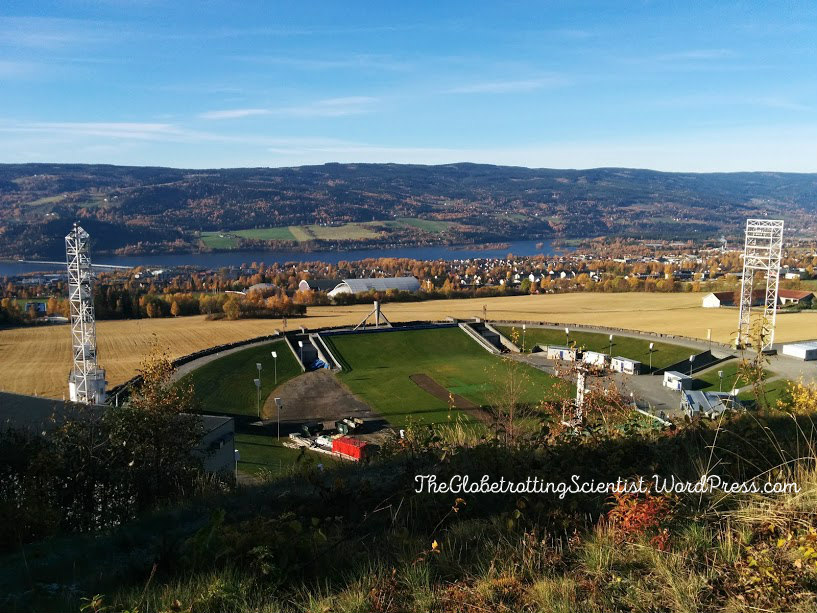
The 1994 winter olympics were held in Lillehammer, Norway. Luckily, it’s a short train ride from Oslo. If you visit in the winter, you can ski the slopes like an Olympian. We visited in the fall, so we were just able to walk around and take some photos. We spent a whole day in Lillehammer, which would be great if the weather was appropriate for skiing, but if you visit when there isn’t snow on the ground, I’d recommend a half-day trip, as there isn’t much else to do in Lillehammer. If you’re familiar with your Norwegian Netflix TV shows, you’ll see plenty of places from the show Lilyhammer!
- Akershus Fortress
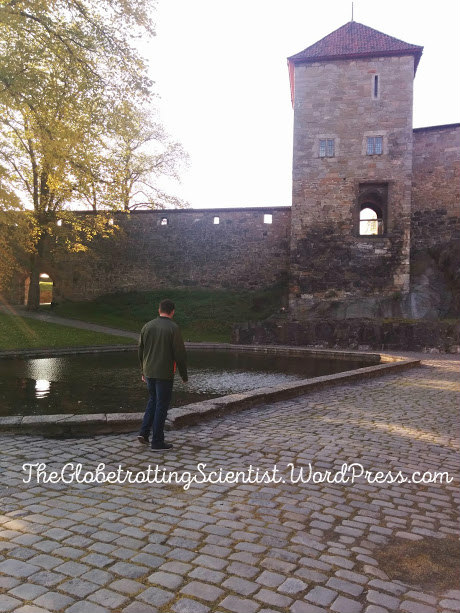
Akershus Fortress is a fun part of Norwegian history. Originally built in the 1200’s, it has held numerous roles throughout history, including serving as the royal residence and as a prison. In modern times, it functions as a military base, but tourists are allowed to freely walk around much of the fortress during the day. This is also the location of Norwegian Armed Forces Museum, as well as a small museum commemorating the Norwegian resistance movement during World War II.
Oslo is a hidden gem in the European travel scene. It’s definitely worth a visit on your next trip around Northern Europe. From beautiful natural scenery to high culture in the Opera House, Oslo has something for you. If you liked this post, check out some of our other Destination guides for our favorite out-of-the-way backpacker destinations like Stockholm, Sweden, Pristina, Kosovo, Rishikesh, India, and San Ignacio, Belize.
About the authors:
David Anthony is a recent graduate of NC Central University’s School of Business. He is an avid traveler and an enthusiast of all things Scandinavia. He speaks Swedish and Norwegian and was co-organizer of a local Scandinavian meetup. He also enjoys hiking, backpacking, and rock climbing.
Allegra Anthony is who you know as the Globetrotting Scientist. She is a scientist at a small pharmaceutical company in NC. She has visited every Nordic country except Finland and is an avid traveler. She prides herself on being able to predict the outcome of sitcoms. She also enjoys reading, writing, and (very) amature photography.
A special thanks to pixabay.com and Allegra Anthony for providing the excellent photography in this post!

